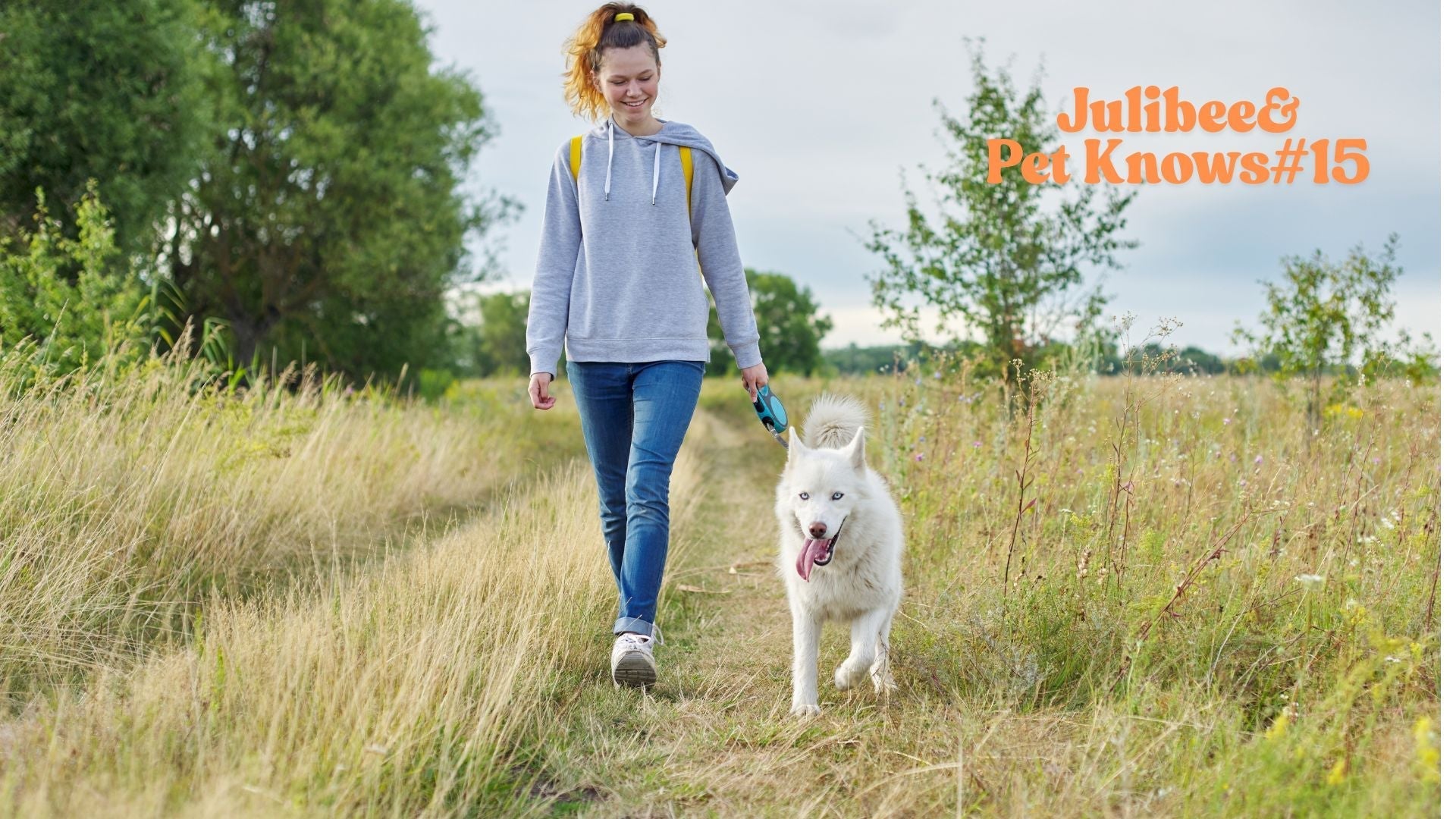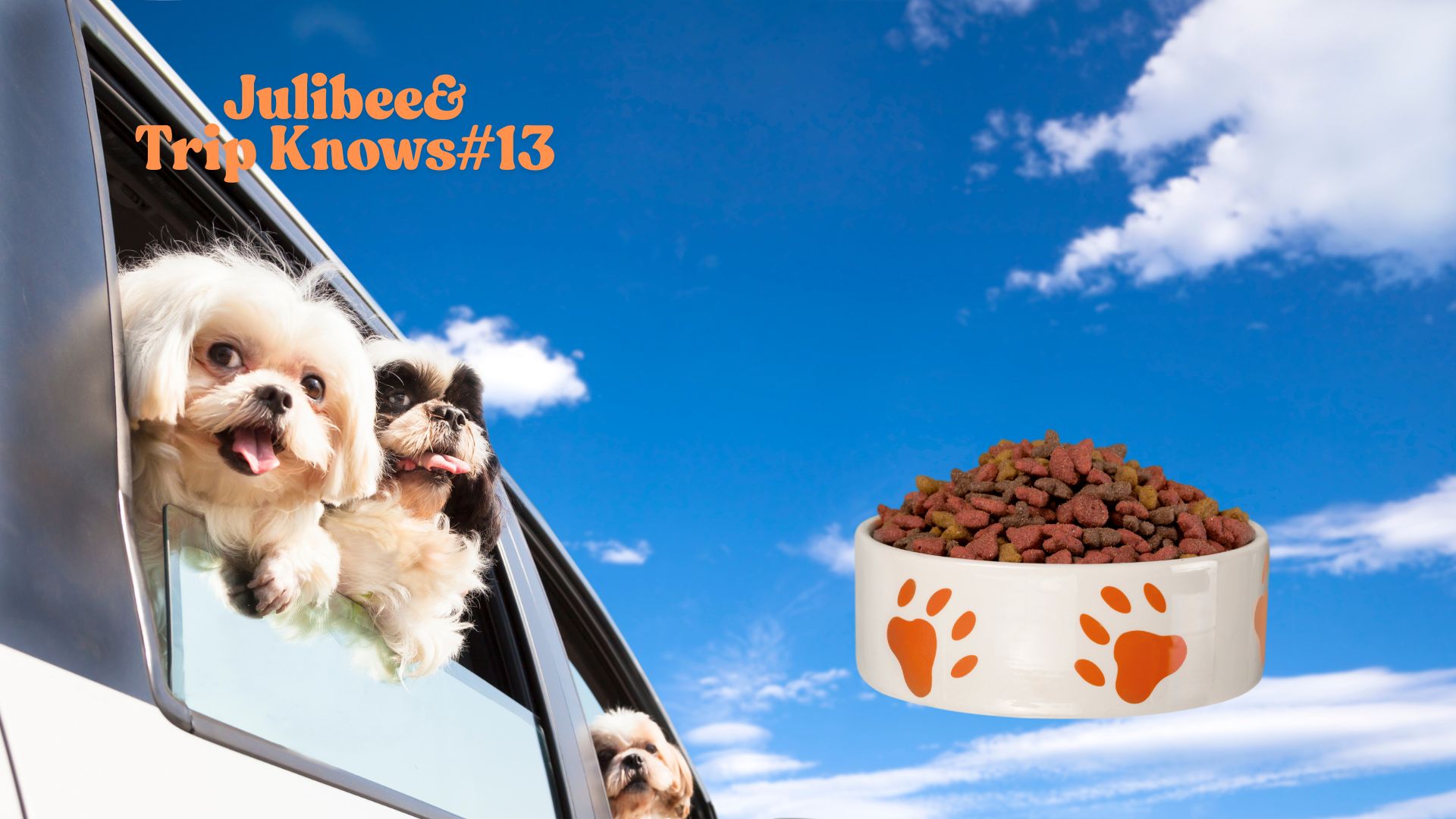
Hiking Etiquette for Dogs: Making Your Furry Friend a Model Trail Companion
Hiking Etiquette for Dogs: Making Your Furry Friend a Model Trail Companion 🐾⛰️🌳
There's nothing quite like hitting the trail with your four-legged best friend by your side. The fresh air, the scents of nature, and the shared adventure create unforgettable memories. However, to ensure that everyone – from fellow hikers to local wildlife – has a positive experience, it's crucial to practice good dog hiking etiquette. Think of it as teaching your pup their "trail manners."

A. Know Before You Go: Understanding and Obeying Trail Regulations 📝🚫
Responsible dog ownership starts with knowing the rules of the trail. Just like you wouldn't show up to a fancy dinner in sweatpants, you shouldn't bring your dog to a trail without understanding the local guidelines.
- Research Trail Regulations in Advance: Before you even leave the house, do a quick online search for the specific trail or park you plan to visit. Websites for national parks, state parks, and local land management agencies (like the Bureau of Land Management or Forest Service) are excellent resources. Look for information on whether dogs are allowed, if leashes are mandatory, and if there are any seasonal restrictions (e.g., to protect nesting birds or sensitive wildlife during certain times of the year).
-
Leash Laws Are Law (and Good Sense!): This is perhaps the most important rule. Even if you have the most "well-behaved" dog in the world, a leash is almost always a mandatory requirement in public outdoor spaces across the U.S. There are crucial reasons for this:
- Wildlife Protection: An off-leash dog, even if just curious, can inadvertently chase or harass wildlife, potentially causing stress, injury, or disturbing nesting sites. This is especially vital in areas with sensitive ecosystems or endangered species.
- Avoiding Conflicts: Not everyone is a dog person, and some people (or their dogs) may be fearful or uncomfortable around off-leash animals. A leash prevents unexpected encounters and ensures a peaceful experience for all trail users.
- Safety First: A leash keeps your dog safe from wandering off and getting lost, encountering venomous snakes, steep drop-offs, or other unforeseen hazards.
- Pack It In, Pack It Out: Disposing of Waste Properly: This aligns with the universal "Leave No Trace" principles. Your dog's waste, while natural, is not native to the trail ecosystem and can introduce harmful bacteria, disrupt soil composition, and attract wildlife. Always pick up your dog's poop, no matter how remote the location, and carry it out until you can dispose of it in a proper trash receptacle. Leaving bags of poop on the trailside, even if you intend to pick them up later, defeats the purpose and is a common pet peeve for other hikers.
B. Comfort and Safety: Prioritizing Your Pup's Well-Being 😌🛡️
A happy and healthy dog makes for a happy hike! Ensure your furry friend is well-prepared for the adventure.
- Assess Fitness Levels: Choose trails that match your dog's age, breed, size, and overall health. A short, flat stroll might be perfect for a senior dog or a puppy, while a long, strenuous ascent is better suited for a fit, adult canine. Don't push them beyond their limits.
- Hydration, Hydration, Hydration: Your dog will likely need more water than you do! Carry ample fresh water for your dog, along with a collapsible bowl. Offer water frequently, especially on warm days or during strenuous activity. Avoid letting them drink from stagnant puddles or questionable natural water sources, which can contain harmful bacteria or parasites.
- Fuel Up: Just like humans, dogs burn calories while hiking. Pack some of their regular food or high-energy treats to keep their energy levels up, especially on longer treks.
- Paw Protection: Trail surfaces can be tough on paws. Check your dog's paw pads regularly for abrasions, cuts, or excessive wear. For rocky terrain, hot pavement, or icy conditions, consider investing in dog booties (like those from Ruffwear or similar brands) or applying a protective paw wax (such as Musher's Secret) to create a barrier.
- Tick and Flea Prevention: Before heading out, ensure your dog is up-to-date on their flea and tick prevention. After the hike, conduct a thorough "tick check" on your dog (and yourself!), paying close attention to ears, armpits, and between paw pads.
-
Weather Wise:
- Sun Protection/Cold Weather Gear: Short-haired or light-colored dogs can get sunburned; consult your vet about dog-safe sunscreen for sensitive areas. For cooler weather or for breeds with thin coats, a dog jacket or sweater can provide essential warmth.
- Avoid High Heat: In warmer climates, plan your hikes for the early morning or late evening to avoid the hottest parts of the day. If it's too hot for you, it's definitely too hot for your dog, whose internal cooling system is less efficient. Watch for signs of overheating.
C. Social Graces: Respecting Others and Wildlife 🤝🦌
Hiking is a shared experience. Teaching your dog proper social etiquette ensures everyone enjoys the peace of nature.
- Yield the Trail: As a general rule of thumb, hikers with dogs should yield to other trail users. When approaching others, pull your dog to the side of the trail and keep them close on a short leash, allowing others to pass comfortably. A friendly "hello" can also help put others at ease.
- Control Barking: While excited barks are sometimes unavoidable, strive to minimize excessive barking. Unnecessary noise can disturb the tranquility of nature for other hikers and stress wildlife.
- Ask Before Approaching: Not every person or dog wants to be greeted. Always ask permission before allowing your dog to approach other people or their pets. Respect a "no thank you."
- Give Wildlife Their Space: This is crucial for both your dog's safety and the well-being of the animals. Ensure your dog does not chase, harass, or disturb wildlife. This could be dangerous for your dog (e.g., encountering a protective mother animal, a venomous snake, or a territorial predator) and is highly disruptive to the natural environment. Keep your dog on a leash to prevent accidental encounters.
- Other Dogs on the Trail: When you encounter other dogs, maintain a respectful distance. Observe the other dog's body language (are they relaxed, stiff, or showing signs of anxiety?) and communicate with their owner. If either dog seems stressed, it's best to pass with minimal interaction.
D. Be Prepared: Handling Trail Emergencies 🆘🚨
Even with the best planning, unexpected situations can arise. Being prepared can make all the difference.
- Lost Dog Protocol: Ensure your dog always wears a collar with up-to-date ID tags (including your phone number). A microchip is also vital for identification if they get lost. Consider carrying a recent photo of your dog on your phone in case you need to create a "lost dog" poster quickly.
-
Pet First Aid Kit: Carry a basic pet first aid kit. Essential items include:
- Gauze, antiseptic wipes, and medical tape for cuts or scrapes.
- Tweezers or a tick remover for splinters or ticks.
- Styptic powder to stop bleeding from nail injuries.
- Dog-safe pain relief (consult your vet first for dosage).
- Paw balm or booties in case of paw injuries.
-
Heatstroke/Hypothermia Awareness: Know the signs of these serious conditions:
- Heatstroke: Excessive panting, lethargy, drooling, wobbly gait, dark red gums. If suspected, cool your dog down gradually with water, move to shade, and seek immediate veterinary attention.
- Hypothermia: Shivering, lethargy, cold to the touch, muscle stiffness, slow breathing. If suspected, warm your dog gradually with blankets, move to a warm environment, and seek veterinary attention.
Hiking with your dog is a deeply rewarding experience, strengthening your bond and creating cherished memories in the great outdoors. By embracing responsible hiking etiquette, you ensure not only a safe and enjoyable adventure for you and your furry companion but also help preserve these beautiful spaces for everyone to appreciate. Happy trails!
What's your go-to essential for hiking with your dog? Share your best tips with the Julibees community! 👇

